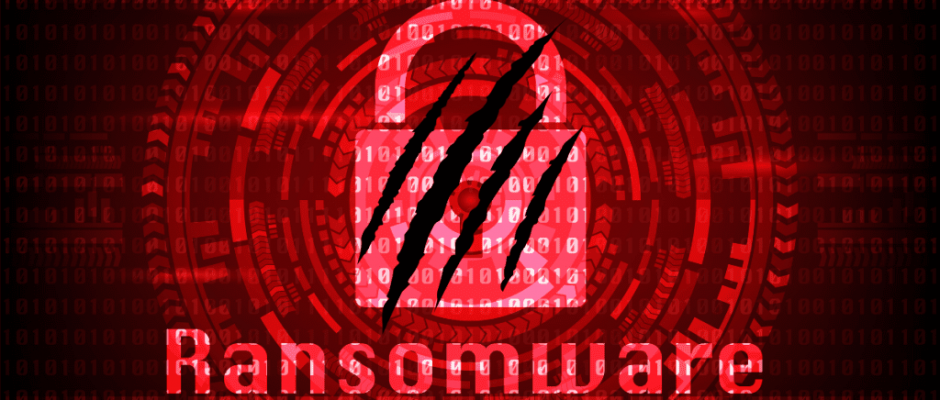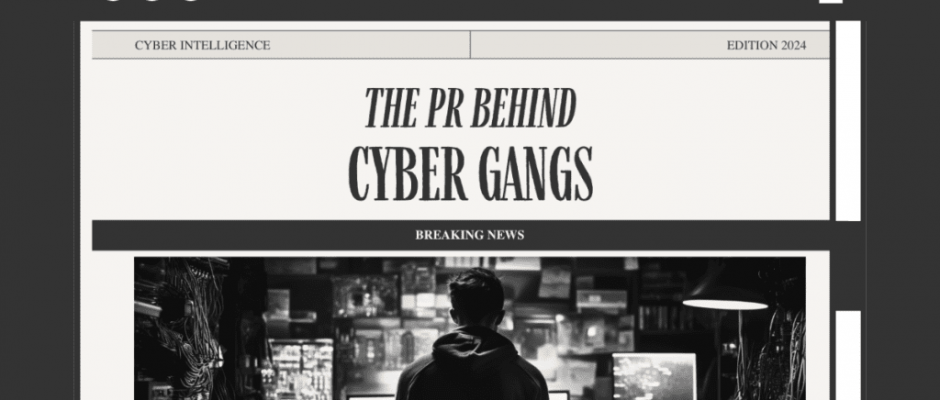‘Hellcat’ is new breed of cybercriminal
A ransomware gang, Hellcat, that emerged in 2024 is being seen as representative of a new type of threat actor using off-the-shelf malware and innovative extortion techniques.
According to cybersecurity company Cato Networks: “Hellcat’s emergence in 2024 marks a troubling shift in the landscape of cybercrime. By leveraging a ransomware-as-a-service (RaaS) model and utilizing double extortion tactics, Hellcat has not only increased the accessibility of ransomware but also heightened the psychological impact on its victims.”



